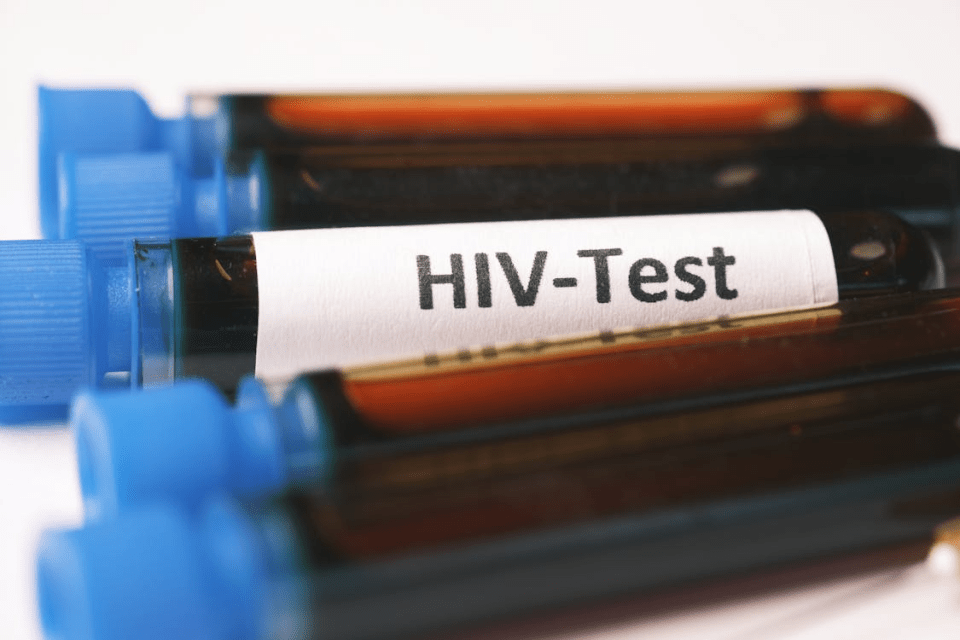Worried that your HIV test might be wrong?
You are not alone. Many people feel stressed even after taking the test, even if the result is negative.
While tests nowadays are highly accurate, there is still a chance for error in rare cases. No medical test is 100% perfect.

In this blog, we will explain the different types of HIV tests, what affects their accuracy, and what the chances are of an HIV test being wrong.
How Do HIV Tests Work?
HIV testing is done by using various methods to detect the presence of the virus or antibodies produced in response to it.
This can be done by three main tests:
Antibody Test
This test looks for HIV antibodies in your blood or saliva. It usually gives accurate results after 3-12 weeks of exposure.
Antigen/Antibody Test
This is the most common lab test. In this test, both the viruses (p24 antigen) and antibodies are checked. This test can detect HIV after 2-4 weeks of exposure.
Nucleic Acid Test (NAT)
This test finds HIV’s genetic material. It is the most accurate of all, and can detect HIV at a very early stage. However, the test is very expensive and is not commonly used for routine screening.
To know more about what your HIV test results mean, it is very important to know what kind of test you took and when you took it.
How Accurate Are HIV Tests?
Usually, current HIV tests are highly accurate. The test results have over 99.9% of accuracy rate.
The accuracy depends on several factors, including:
- The type of test used
- How soon a person is tested after exposure to HIV
- How a person’s body reacts to HIV
When a person first contracts HIV, the infection is considered acute. During the acute stage, it is difficult to detect. Over time, it becomes chronic and easier to diagnose with tests.
But no test is 100% foolproof.
Two types of errors can happen:
- False Negatives: In this, a person has HIV, but the test says they don’t.
- False Positives: In this, a person doesn’t have HIV, but the test says they do.
These errors are rare, but they can happen.
When Can You Trust Your HIV Results?
The accuracy of HIV tests depends on various factors, including:
Timing Of The Test
Testing too soon after the exposure might lead to a false negative. This is because your body has not produced enough antibodies yet. There should be at least four weeks of a window period before taking the test to get accurate results.
Type Of Test Used
Lab tests are more accurate than the rapid tests. NATs are the most accurate, but lab tests are preferred.
Quality Of The Testing Center
If the test is done by trained professionals using good equipment, then the results are more likely to be accurate.
How To Avoid Wrong Results?
Here are a few tips to follow to reduce the chances of getting incorrect HIV test results:
- Test after the window period: It is advised by doctors to wait at least 4 weeks before taking a test. For best results, make sure to test again after 3 months.
- Use a trusted testing centre: Make sure to choose a testing centre that is a certified clinic or lab, for more accurate results.
- Don’t rely on symptoms alone: Symptoms of HIV can be similar to many other diseases as well. So, make sure to take a test first before taking further steps.
- Follow up if needed: There are chances of the first test being wrong. So, if you get a positive test, ask for a confirmatory test.
Final Thoughts
HIV tests are usually accurate when done at the right time.
While the chance of the test being wrong is low, knowing how the tests work and when to take the test can make a big difference.
If you are still unsure of your result, speak to a doctor and take the test again if needed.
comments +